How to Become a Ski Instructor – Gap Year Courses
-
October 7, 2018
Winter seasons are becoming increasingly popular and there are more training courses and work opportunities available than ever before. It is very easy to be impressed by the bright lights of Val D’Isère or lured by the glitz of Courchevel, however it is important that you choose the right training course/career path for yourself. Considering all your options by doing thorough research before you commit is really important to make sure you pick the right course for you.
Having worked in the Snowsports Industry for 15 years+ here are some aspects to consider when choosing your gap year course…
Qualifications
The qualification you choose to take can be vital, not only to the outcome of your course, but depending on your long term plans, & your future employability.
All qualifications are issued by a National Governing Body, some of the more popular are listed below:
Great Britain BASI (British Association of Snowsport Instructors)
Canada (Ski) CSIA (Canadian Ski Instructors Association)
Canada (Snowboard) CASI (Canadian Association of Snowboard Instructors)
New Zealand NZSIA (New Zealand Snowsports Instructors Alliance)
New Zealand SBINZ (Snowboard Instructors New Zealand) – a subdivision of the NZSIA
USA PSIA (Professional Ski Instructors of America)
Australia APSI (Australian Professional Snowsport Instructors)
All of the governing bodies listed above qualify instructors via modular exam processes based on a system of levels. There are differences between each system but the higher and further you progress through the different systems the more the qualifications equate. BASI’s highest level qualification, BASI L4 ISTD, has world wide recognition and is now even recognised in the Scottish University Education system as a Bachelor’s Degree with Honours!
The lowest qualification in all systems is level 1. All governing bodies with the exception of BASI permit instructors to work ‘on-snow’ in an open mountain environment with a level 1. However, it is likely that you will find yourself working no further than the kindergarten or with very young students, almost always total beginners, as realistically this is what the qualification permits you to teach. The level 1 is however the easiest to obtain.
Most BASI orientated Gap courses will offer level 1 & level 2 qualifications, the level 1 taking place on the second or third week of the course, so a pre-determined standard of skiing is required in order to be successful. This is normally a recommended as 8-10 weeks experience. (It is important to check both level 1 & level 2 exam fees are included in the Gap course as some providers only include the level 1 and require further payment for the level 2! Look carefully!)
No Gap course will offer a higher qualification than a level 2 as realistically this is the maximum an instructor can expect to achieve in one season. Following level 2 the next stages in all governing bodies is to achieve ISIA (International Ski Instructors Association) status. There are many more modules in this qualification and as a result it is a lot harder to achieve.
Where can I use these qualifications?
All of the qualifications listed above can be used anywhere in the world, with the exception of France. The French have set the highest standard in skiing (beyond ISIA) as being the only level acceptable in order to legally teach. Other nations may have restrictions on the number of weeks that you can work. Not being able to teach in France is not however the end of the world. There are plenty of other nations looking for snowsports instructors, particularly those that attract a large amount of British tourists, Italy, Switzerland, Austria, Japan, USA, Canada, New Zealand, Australia, to name a few.
How to gain a qualification
There are various ways to gain snowsport instructor qualifications. One of the most popular being the ‘GAP’ courses. These range from 4 to 10 weeks, so are not really a gap ‘year’, however it is what you do once you acquire the qualification that can determine whether it turns into a year or not! For reasonably competent recreational skiers, confident on red runs and with 8-10 weeks experience, these intensive courses are achievable and are certainly good fun. The prolonged period of time in a ski resort can certainly open your eyes to life in the ski industry. The time spent in a resort can enable you to meet and network with like minded people and help gain future work placements. These courses are booked through independent companies who have forged links with governing Instructor Training Courses.
Location
You may have future plans to go on to university and may be studying a language, in which case, opting for country where you have the opportunity to use this language will not only be of benefit to you, but can also enhance your CV.
Some people just want to get as far away from home as possible, the more exotic the better, this is where locations like Canada, Argentina and New Zealand can become appealing. The latter are obviously in the Southern Hemisphere and run their ski season during the UK summer. The benefits of this can mean that you are then ready to begin the Northern Hemisphere ski season with a qualification already under your belt. Similarly, if you are not planning on taking a Gap year and are looking at doing something in your summer holidays between leaving school or college and progressing onto university, then a course like this is ideal.
The Interski Training Academy offer two Gap Year Courses in Italy. One course starting in December, in Pila the other starting in January in Courmayeur Both resorts are perfectly set up for your training requirements. Although not the largest resorts both offer immaculately groomed pistes, great tree skiing and enough off piste for all levels.
Shadowing/Snowsports Experience
Between the level 1 & level 2 qualifications, some governing bodies may require you to obtain a certain amount of shadowing hours or snowsports school experience. Most Gap Year Course providers will include this at part of their training programme and this is a very important part of the course and experience. Choosing a Gap provider who can offer quality shadowing hours will really help your understanding of your future job and also enhance your understanding of the industry. The Interski Gap Year programme enables all students to shadow within their snowsports school, the largest British snowsport school in the alps. The benefit at the end of the course, on successful completion the transition from client to employee is almost seamless, as you will have had 5 weeks shadowing experience with the snowsports school. This is a huge advantage and makes the first week teaching a lot less daunting! The reason being you know the area, the meeting points, the progression, the gradients of the slopes, the snowsports school staff, the timings of the lifts, the lunch venues etc… which all contribute to making that first day/week much easier.
Value for Money / Inclusions
A deciding factor for some of us, is the cost of the course and ensuring that you get value for money. A Gap Year Course is not cheap however, the price band is vast, some courses costing around £6999 and some as much as £9,000!
There are of course some very obvious factors that will influence the price, for example the length of the course. Location is normally the biggest factor, more exclusive, commercially renowned resorts are generally costlier as normally the price of living there is more expensive.
A few other considerations…
- Travel: important to find out if this is included. For courses outside of the Alps, long haul flights are very expensive, additional baggage on any flights is also costly and given that you will have considerable luggage this is important aspect to consider.
- Insurance: some courses include this and some do not, it can be an expensive additional outlay.A vital part of your course, do not leave home without it! Not only is it imperative that you have comprehensive winter sports insurance but also that you have insurance to cover your course. The most important thing is that you have good medical cover, being the sport that it is, accidents do happen when skiing, so it is reassuring to know that you will be looked after in all scenarios, in particular; helicopter rescue and repatriation.
- Lunch: again, included in some courses and not in others. Lunch for example in the alps can cost in excess of 10 Euros per day, over a 10 week period this is over €700! The Interski Gap Year Course offers a snack lunch every single day of the course!
- Evening meals: this is a good question to research, some courses have chalet or hotel accommodation where the restaurant will close for one or two nights a week and you will be expected to fend for yourself. It doesn’t sound like a huge outlay but for those on a budget, it all adds up. Again, we have this covered, evening meal every night of the course!
Employment Opportunities Post Course
For those wanting to make the most of their ski season and also start using their qualification, then the potential employment opportunities at the end of the course (should you be successful) are possibly the most vital and important part of your course selection process.
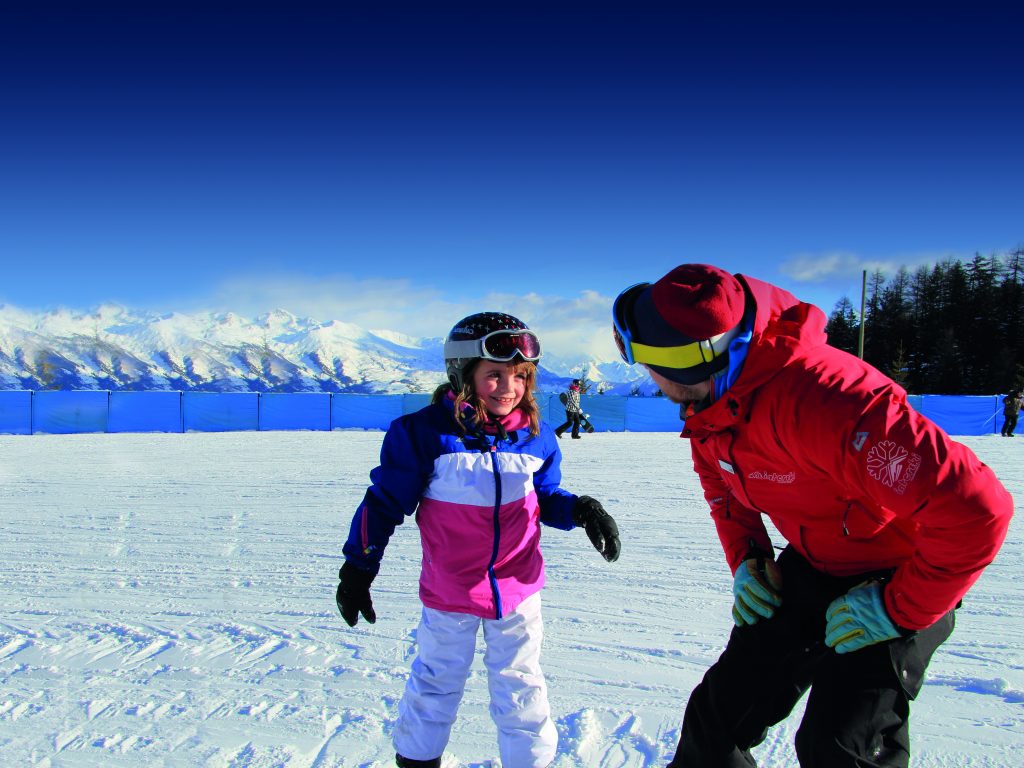
Interski Gap Year. Teaching with the Interski Snosport School after successful completion of the course
Many snowsport schools will want to employ as many course trainees as possible, however this can mean spreading out the teaching hours. If you have to pay for your own accommodation, food etc and only end up teaching for a limited number of hours, you could end up being quite out of pocket. It is therefore really worth investigating. The Interski Training Academy has this covered. You can teach for up to 8 weeks on successful completion of the course with the Interski Snowsport School which comes with a comprehensive employment package, including accommodation. Not only will you gain much needed work experience that will enhance your CV and increase your employment potential, you will also earn back up to £1200 that you have invested. A virtuous circle!
For more information about the Gap Year Course offered by the Interski Training Academy…
https://www.interski.co.uk/Academy/gap.php


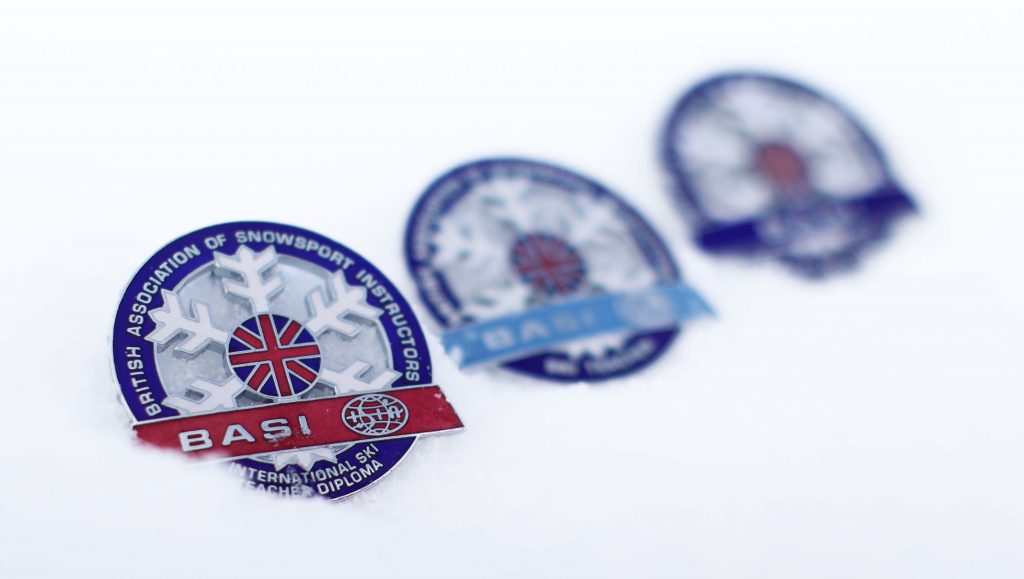
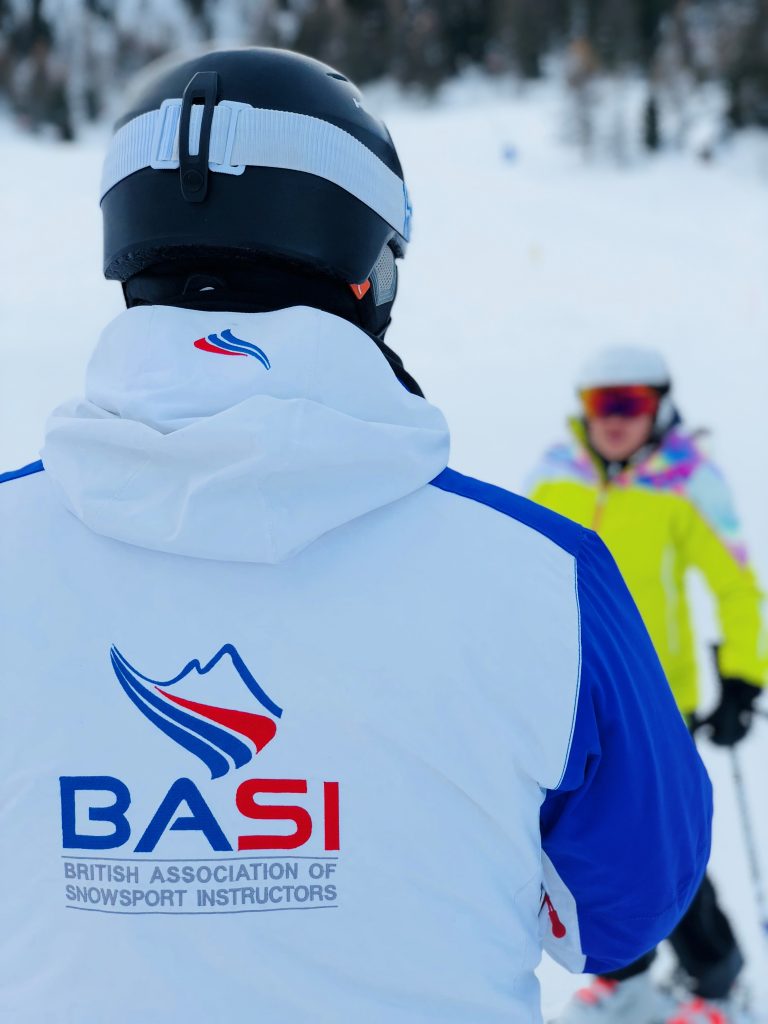
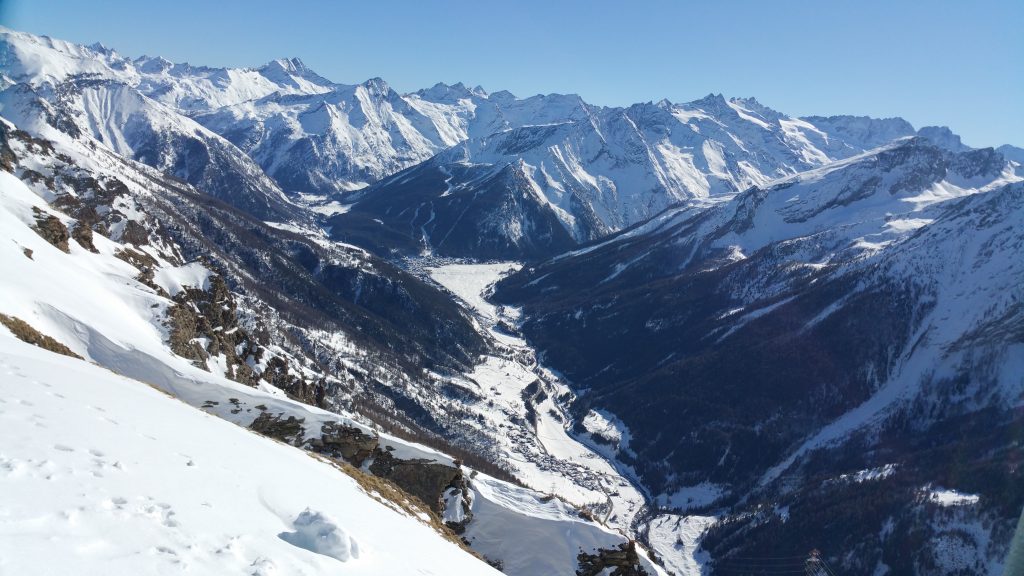
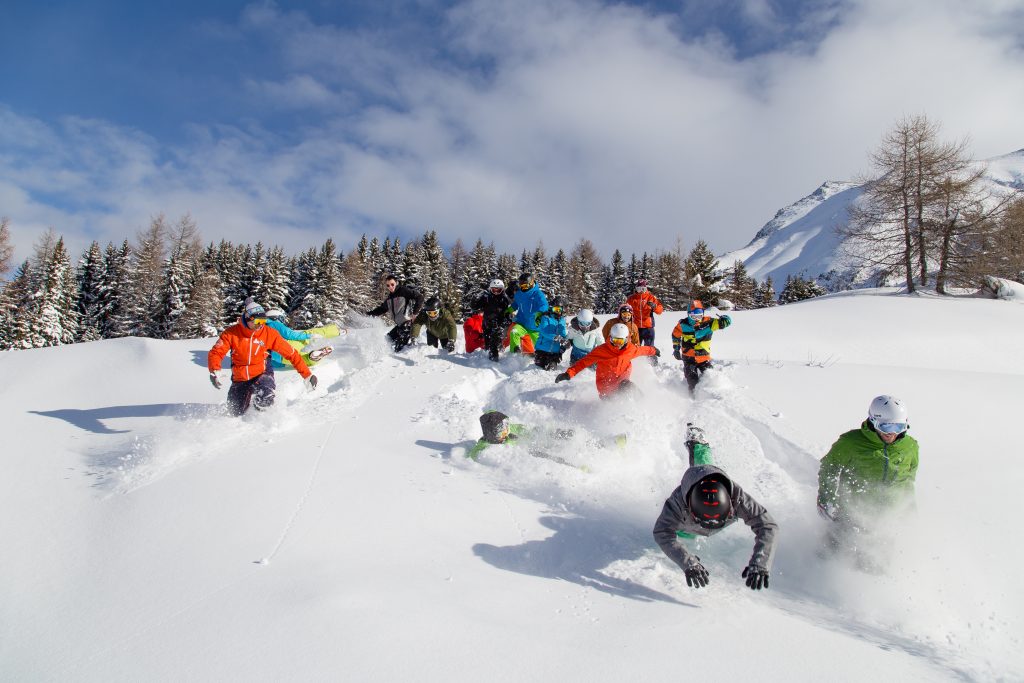

Andy McIntosh